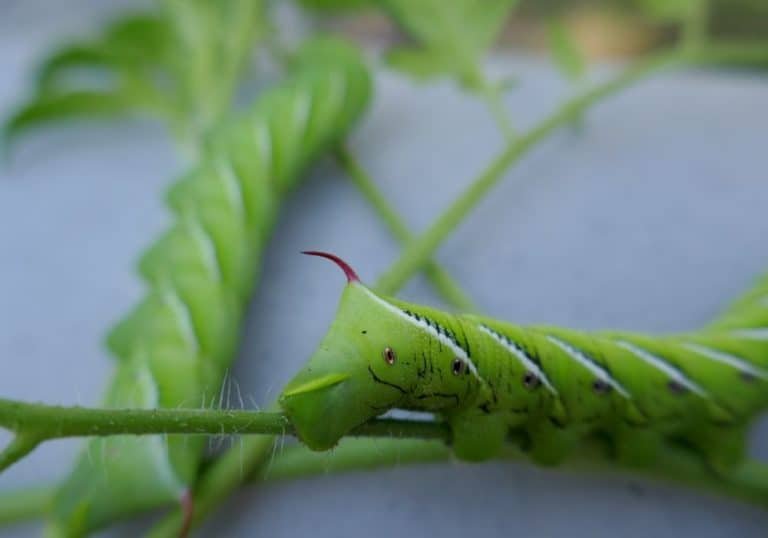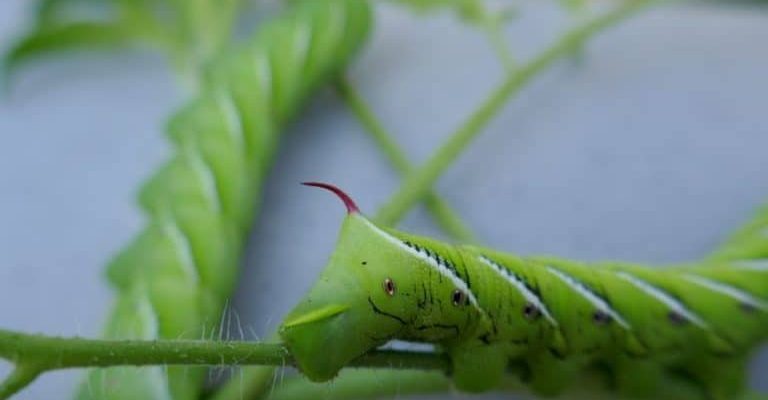
Imagine you’re preparing for a tiny dinner party, ensuring your food selection is clean and secure. Just like setting a table with a clean plate and fresh ingredients, quarantining hornworms guarantees that they’re pest-free and ready for your pets’ enjoyment. This guide will help you navigate the simple steps needed to quarantine hornworms properly, making the whole process easy to digest—pun intended!
Why Quarantine Hornworms?
You might be wondering why you need to quarantine hornworms in the first place. After all, aren’t they just worms? Well, here’s the thing: ensuring they are healthy before feeding them to your pets is crucial. Quarantining serves a couple of purposes:
– **Health Monitoring:** Just as you wouldn’t serve a dish if you weren’t sure it was safe, you want to make sure your hornworms are free from disease or parasites. A quick quarantine helps catch any potential issues before they can affect your pets.
– **Behavioral Observation:** Hornworms might sometimes act differently when stressed or sick. Watching their behavior for a few days can give you insight into their well-being. Healthy hornworms will be active and vibrant, while sick ones might be lethargic or discolored.
Quarantining is, therefore, like conducting a wellness check. It ensures you’re providing the best possible nutrition for your pets while keeping them safe from any unwanted health risks.
Setting Up the Quarantine Environment
Before you bring your hornworms home, you need to prepare their quarantine space. Ideally, this should be a separate enclosure away from any other pets or animals. Here’s what to consider when setting up this special area:
1. **Container Selection:** Use a clean, ventilated container. It could be a simple plastic tub or a small terrarium. Just make sure it has holes for airflow. Hornworms thrive in slightly humid environments, so you want to keep the air fresh but not stuffy.
2. **Substrate and Food:** Place a small layer of substrate, like paper towels, to help with cleanliness. For food, hornworms primarily eat commercial hornworm chow or fresh leaves, like mulberry or tomato leaves. Make sure to provide a clean, ample supply of food for them to munch on during the quarantine period.
3. **Temperature and Humidity Control:** Maintain a temperature between 70°F to 80°F (21°C to 27°C). A small heat mat can help if your home is too cool. You’ll also want to lightly mist the inside of their container to keep humidity levels comfortable, but don’t soak it—it’s about striking a balance.
Creating a comfortable quarantine environment is like setting up a cozy hotel room. The more inviting it is, the better the hornworms will do during their stay!
The Quarantine Duration
Now that you’ve got their space ready, how long do you need to keep the hornworms quarantined? Generally, a 7 to 10-day period is recommended. This gives ample time to observe them and ensure they’re in good shape. Here’s how to make the most of that period:
– **Daily Checks:** Spend a few minutes each day checking on their health. Look for signs of molting, vibrant colors, and active movement. If you notice any hornworms acting sluggish or changing color, it may signal a problem.
– **Feeding and Hydration:** Keep an eye on their appetite. Make sure they’re eating well and drinking enough. If they seem disinterested in food, it could be a red flag.
– **Maintain a Clean Environment:** Remove any uneaten food and waste regularly to prevent mold or bacteria build-up. A clean space is key to keeping your hornworms healthy during their stay.
This quarantine period helps you catch any potential issues before your pet takes a bite. It’s worth the wait!
Signs of Healthy Hornworms
So, what should you be looking for in healthy hornworms? Just like how you’d inspect a ripe fruit before taking a bite, closely observing these guys is vital before they hit your pet’s dinner plate. Here’s what to keep in mind:
– **Color and Texture:** Healthy hornworms are typically a bright green or bluish-green color. They should have a smooth texture without any signs of lumps or discoloration. Any dark spots or unusual patterns can indicate health problems.
– **Movement:** Active hornworms are a good sign! They should wriggle around and be responsive to stimuli. If they’re sluggish or refuse to move much, it could be a cause for concern.
– **Size:** Hornworms grow quickly, so keeping tabs on their size is helpful. Healthy hornworms will show consistent growth throughout the quarantine period. If you notice stunted growth, it could indicate an underlying health issue.
By understanding these signs, you can confidently determine which hornworms are ready for feeding use and which ones may need to be discarded.
What To Do If You Discover Issues
Let’s say you do encounter an issue during the quarantine. Whether it’s low activity or unusual coloring, knowing how to address these problems is crucial. Here’s a quick breakdown of what you can do:
– **Isolate Sick Worms:** If you notice any hornworms that seem off, it’s best to separate them from the healthy ones. This minimizes the chance of spreading any potential illness.
– **Consult an Expert:** If you’re unsure about any symptoms, reaching out to a local pet store or a vet who specializes in reptiles can be helpful. They can provide tailored advice or next steps for managing sick hornworms.
– **Dispose Properly:** For any sick hornworms that can’t be saved, it’s essential to dispose of them safely. You can either compost them (if it’s safe for your area) or throw them away in a sealed bag. Just make sure they don’t contact other animals or plants.
Spotting problems early can save you a lot of headaches down the road. Quarantining isn’t just a routine, it’s a protective measure!
Feeding Your Hornworms to Your Pets
After successfully quarantining your hornworms, it’s time for the big reveal—feeding them to your pets! But how do you do this safely? Here are a few tips to make the transition smooth:
1. **Introduce Gradually:** Just like starting a new diet, introducing hornworms should be gradual. Start with just a few worms to gauge how your pet reacts. You want to make sure they enjoy them without overwhelming their system.
2. **Monitor Eating Habits:** While feeding, pay attention to how your pet interacts with the hornworms. Do they eat them quickly? Are they interested? If they’re hesitant, you might want to try a different type of feeder insect to see if they prefer something else.
3. **Provide Fresh Water:** Ensure your pet has access to clean water during their feeding time. Hydration is just as important as feeding, so don’t overlook it.
Successfully feeding hornworms can be rewarding! Watching your pets enjoy their well-prepared meal will feel satisfying, knowing you took the right steps for their health.
Quarantining hornworms for feeding use might seem a bit tedious, but it’s an essential step for keeping your pets healthy. By providing a proper environment, observing their behaviors, and ensuring they’re fit for consumption, you’re setting your pets up for a delicious and nutritious dining experience.
Remember that this process is about vigilance and care. You’re not just feeding your pets; you’re ensuring their well-being. So next time you bring hornworms home, take a deep breath, follow these steps, and you’ll feel more confident in your feeding choices. Happy feeding!

